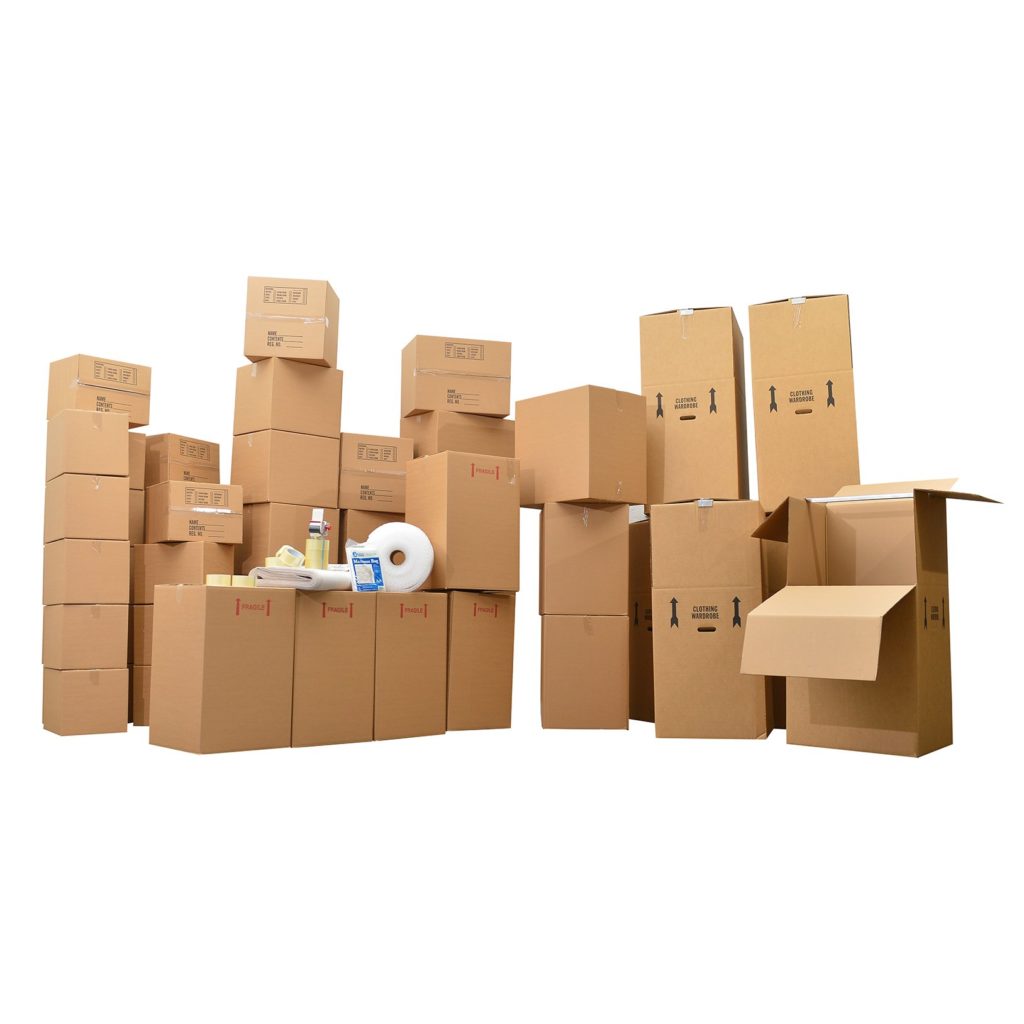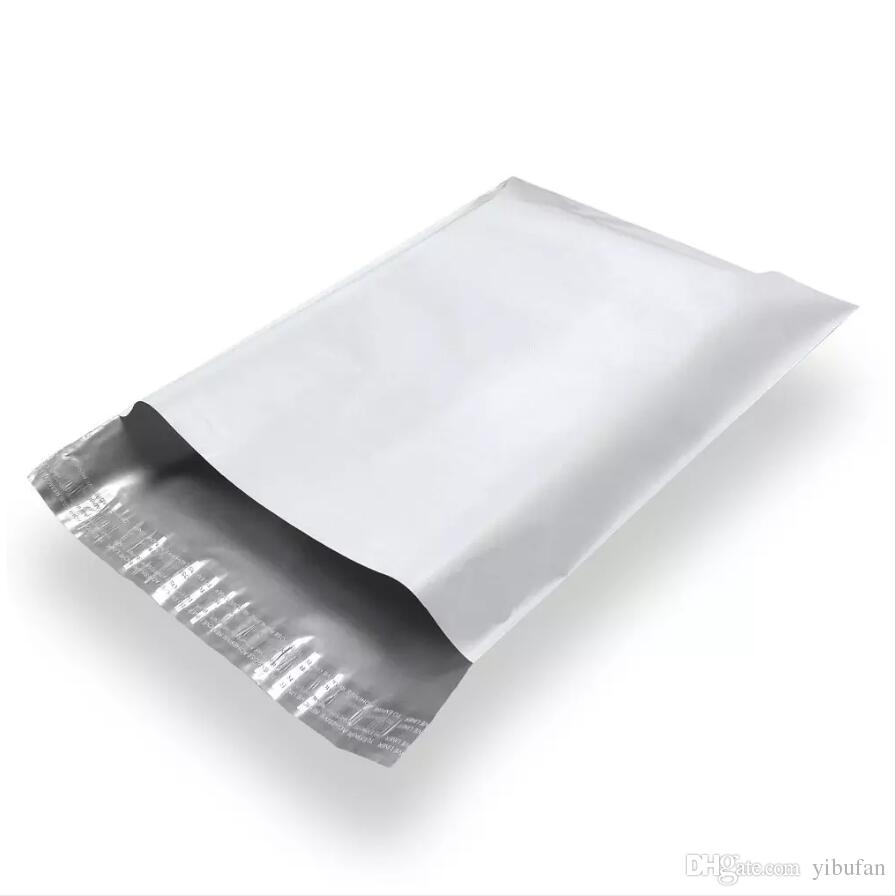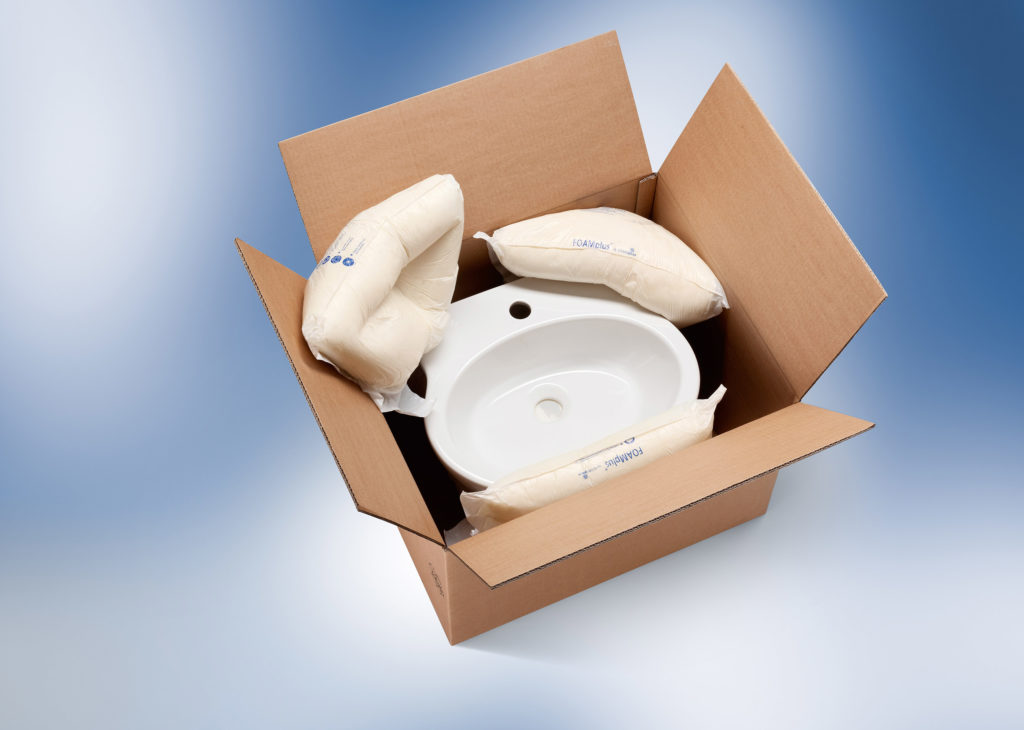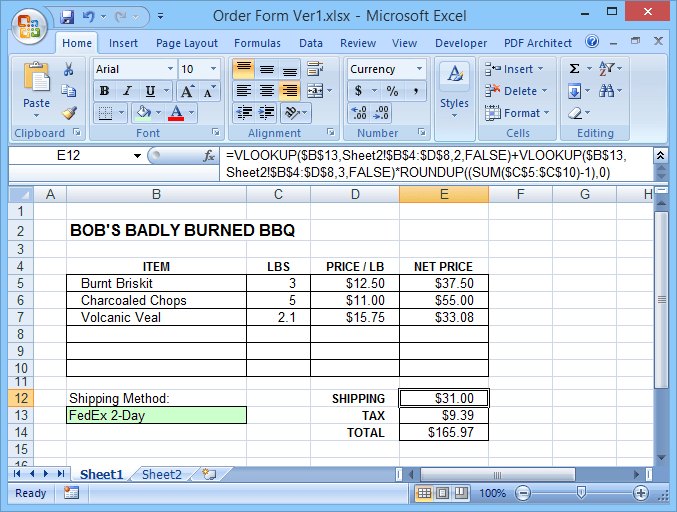
One of the biggest ways to waste your own cash as a seller is to miscalculate the weight and dimensions of the boxes that you mail out. Each shipping company – whether you use UPS, FedEx or the U.S. Postal Service – has its own rules for packages big and small. Adhering to these rules is a good way to make sure that you aren’t charged extra cash.
Unexpected fees aren’t just annoying, they’re a drain on your resources and they can really skew your books – the ones you spend so long working out! The weight and size of the package you are sending need to be accurate as if the weight is small enough or the package is big enough, the DIM rules can make your costs dramatically increase.
DIM refers to the package shipping density, and you need to be aware of all of the rules so that you don’t spend more money than you budgeted.
According to enKo website: The dimensional weight of a package is the secret ninja that’s been killing your profits, shoving your management out of control and making it so that your finances are off. You’ve already calculated the cost of the packaging and shipping supplies.
Instead of tearing your hair out and wondering where your cash is going, you need to know how to handle your dimensional weight rates and reduce how much you’re paying out on shipping. Here’s a list of tips to do just that.
Table of Contents
Reduce Your Box Size

Take a look at the size of the boxes that you’ve been purchasing from and re-evaluate them. You need more than one size to be able to satisfy the needs of your business and you need to know how many of each size you actually need. Find out other ways to pack your products, too, in case you could be reducing your shipping rates this way.
Dump The Boxes – If You Can

Do you really need boxes? Could you use plastic covers and bags to ship clothes? Of course, you could. It won’t work for every business or every product, but it’s certainly a step in the right direction to save money in transportation.
Sellers who are sending clothes have it much easier compared to those who need to use boxes to send products. They even have other options like cloth bags if you want to save money even further!
Change Up Those Shipping Prices

You’re all about making your customers happy, but they won’t be when you up your transportation prices.
Here’s the thing though, you’re a business. You need to know that you aren’t putting yourself out of pocket just to make sure that customers are happy.
They will frown when you increase your costs, but you need to find that extra cash somewhere. Plus, if you’ve been undercharging because of dimensional weight errors, then you’re already giving it away for free!
Give them some warning before you do it. Before those costs go up, put out press releases and social media announcements as to why. No one likes to have an increase in price, but customers can be surprisingly understanding at times!
Get Your Negotiating On

There are three questions that you must ask yourself before you start negotiating with shipping services. Those are:
- What are your shipping costs?
- Which of your packaging supplies is eating them up?
- And which of your chosen sending options is costing you the most?
Your FedEx margin may be excessive, or you could be being held over a barrel because of your UPS rates. Negotiation skills are necessary here, as you can negotiate the excess margin out of your contract and compare the costs to get the best shipping deal. If you want better rates, ASK!
More Cushioning For The Packaging

Fragile products need to be handled with care, so you’ll need more supplies for the protection of your goods. Stuff the spaces around the goods and you’ll send your supplies easily and without breakage. That’ll save you cash (despite spending more on the packaging) because you’re going to be able to charge more for priority shipping.
Use A Spreadsheet

One of the best ways to make your rate shopping easier is to use a spreadsheet. Get your quotes, shop around and use a spreadsheet to help you to work out your costs. This way, you get the best possible rates and it doesn’t have to be too confusing.
Don’t let those dimensional weights cost you cash – think carefully, plan ahead and negotiate with transportation companies!







